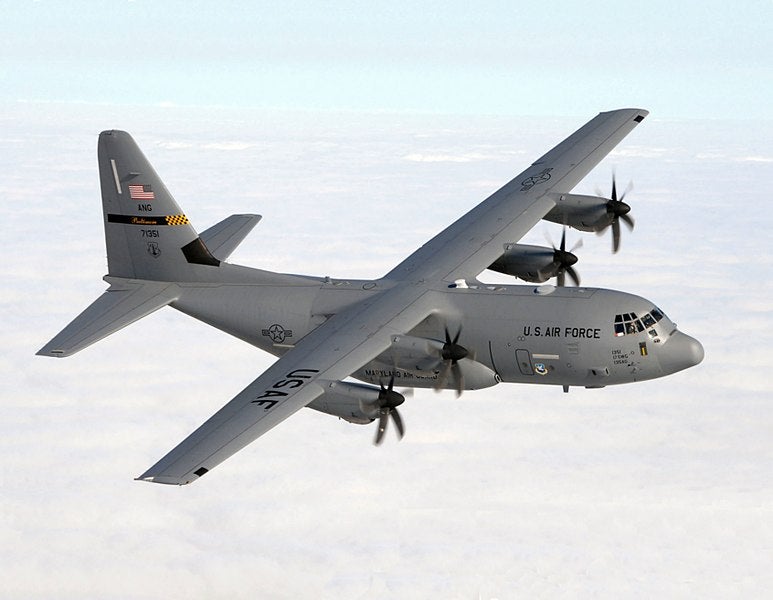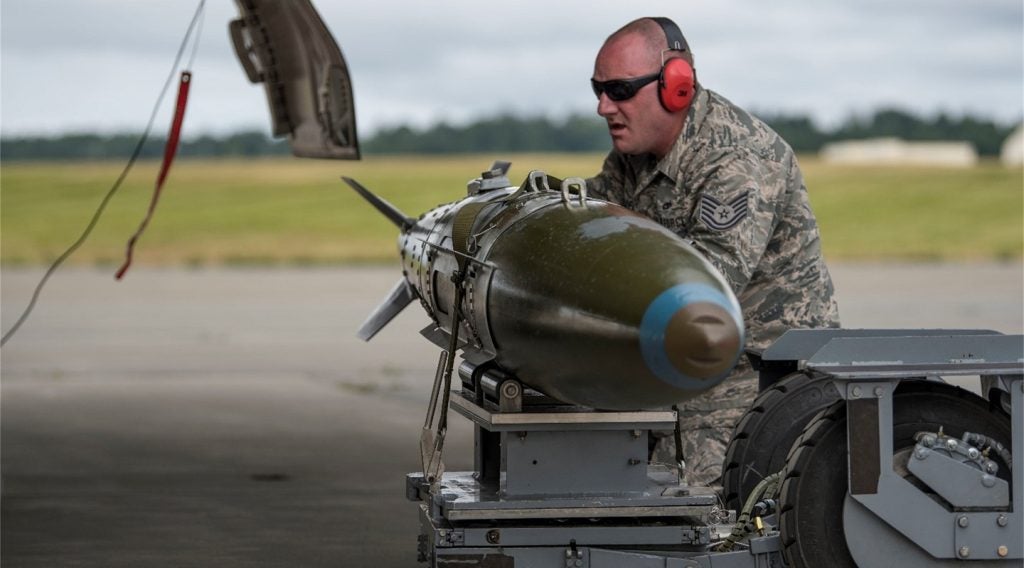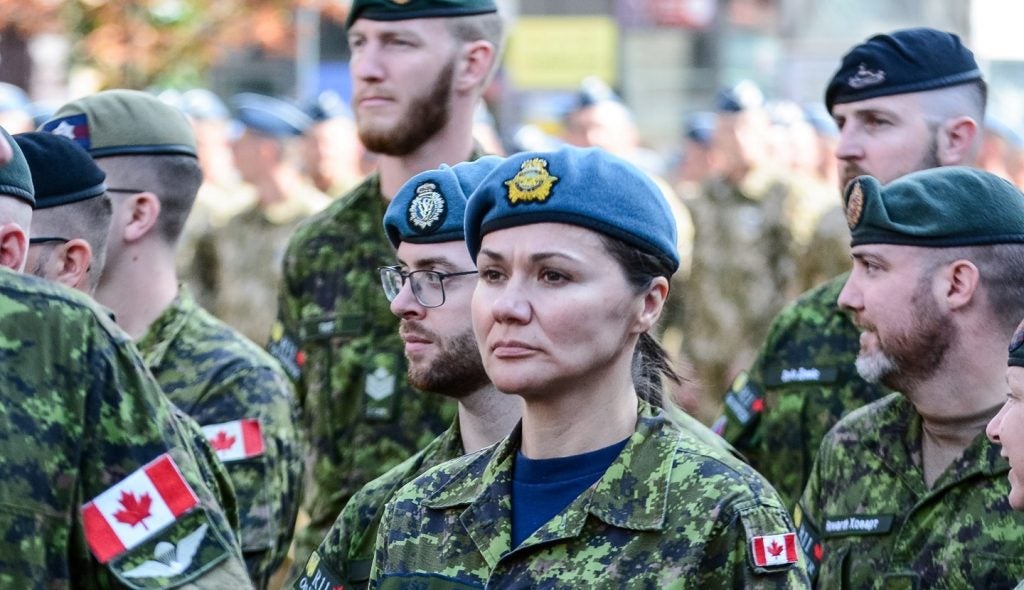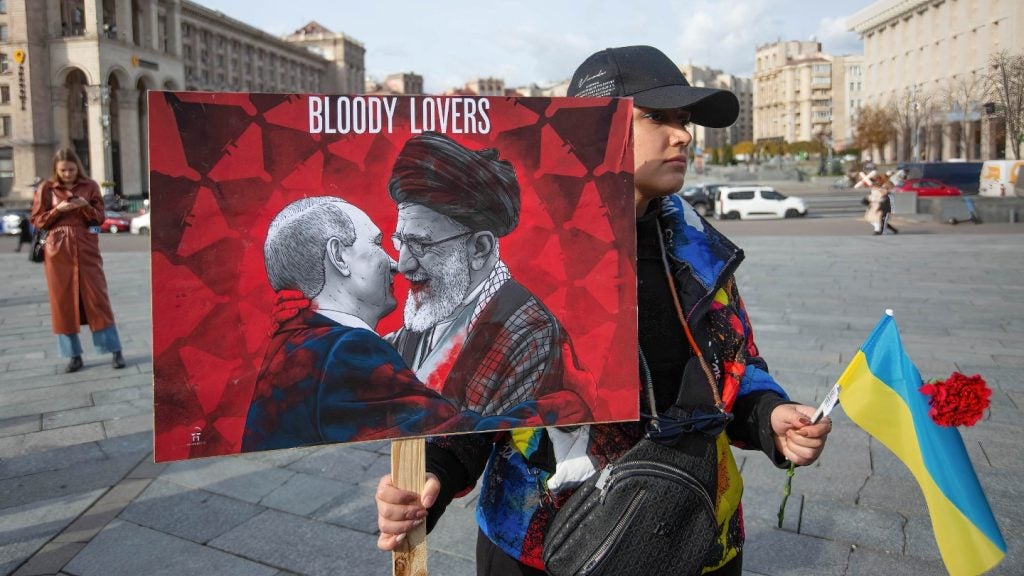
Personnel of Yokota Air Force Base (AFB) in Japan have conducted their C-130J Super Hercules assault landing on the Foxtrot taxiway, which was originally used for the legacy C-130H models from 1991 to 2001.
Yokota AFB is a US Air Force (USAF) and Japan Air Self-Defense Force base in Tokyo.
After the taxiway was used for C-130H models, airlifters of the base used the permanently painted hard-surface on the main runway.
Foxtrot taxiway has been used as a landing zone for the exercise, instead of its traditional use as a runway.
The training prepares aircrew of the aircraft for situations where C-130 J will land in an area with no availability or accessibility of a runway. This happens when C-130s use the landing zones to resupply front-line troops.
Such an operation helps the airfield team perform skilled landings on short, crowded, narrow and even unmarked strips of land.
How well do you really know your competitors?
Access the most comprehensive Company Profiles on the market, powered by GlobalData. Save hours of research. Gain competitive edge.

Thank you!
Your download email will arrive shortly
Not ready to buy yet? Download a free sample
We are confident about the unique quality of our Company Profiles. However, we want you to make the most beneficial decision for your business, so we offer a free sample that you can download by submitting the below form
By GlobalDataLanding of an aircraft on a temporarily established runway is not automatic and thus requires training for the C-130J aircrew and the entire team running operations on the flightline.
The 374th OSS Airfield Operations Flight covers air traffic controllers, airfield management airmen and radar and airfield weather system technicians.
They work as one to operate the airfield and airspace at the base and perform different essential skill-sets.
374th Operations Support Squadron airfield operations officer 1st lieutenant Aaron Church said: “It was really a group effort to make this exercise a success and it was great to see us all work so well together.
“Measuring out and marking a LZ would normally be an airfield management task; and clearing a C-130 to land would be an ATC task. Here at Yokota (AB), the 374th OSS is training all three essential skill sets to be able do either task, if required.”







